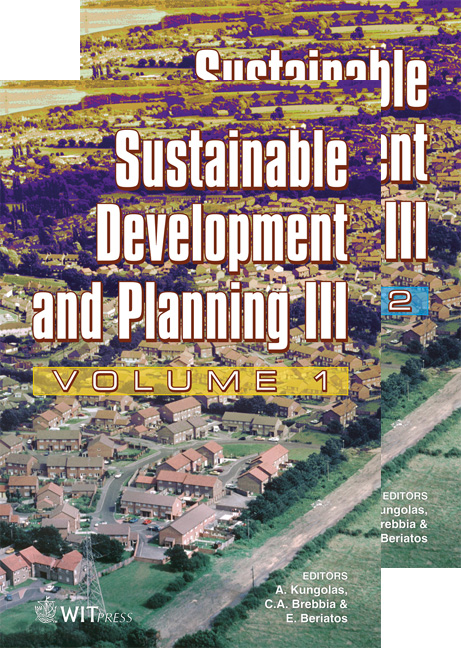Turning Waste Heat Into Water: A New Desalination Process
Price
Free (open access)
Transaction
Volume
102
Pages
8
Published
2007
Size
640 kb
Paper DOI
10.2495/SDP070852
Copyright
WIT Press
Author(s)
E. Martinson, B. Moore & D. Raviv
Abstract
As growing populations place stress on limited water resources, new technologies are needed to solve problems of water supply, ensuring human well-being and environmental protection. To that end, this study investigates a new method of water distillation for purposes of desalination or purification with significant advantages over existing techniques. This process uses barometric pressure to support columns of water ten meters high, efficiently maintaining near-vacuum conditions in the space above the water surface. Sub-atmospheric pressure decreases the boiling point of the water in the columns, making practical the use of lower-temperature heat sources like the waste heat discharged from power plants, water heated by solar-thermal panels, or the temperature gradient found in deep ocean water. As thermal power cycles are usually only 50% efficient, using this method to provide co-generation of electricity and potable water is especially effective. An experimental apparatus has been built and tested; results are presented demonstrating that water can be distilled under a range of conditions and using a temperature difference as small as 5 °C over ambient. Analysis of the collected data was conducted showing that this method requires less operating power than leading desalination methods. Keywords: desalination, barometric distillation, power plant waste heat, aquifer replenishment. 1 Introduction Earth’s supply of fresh water is one of the most fundamental limits to the growth of human civilization and prosperity. Over one billion people around the world are already without adequate drinking water. Most of them live in developing nations, where population growth is placing even greater stress on scarce
Keywords
desalination, barometric distillation, power plant waste heat, aquifer replenishment.





